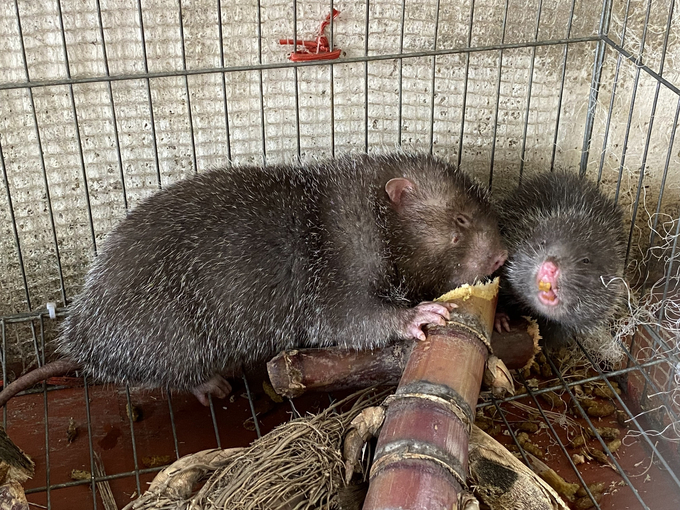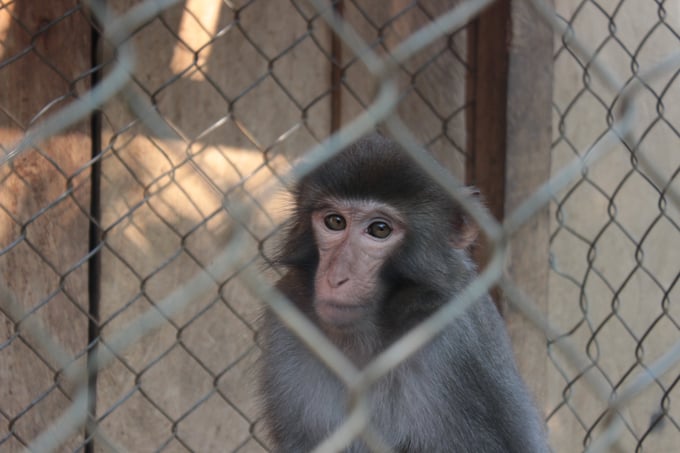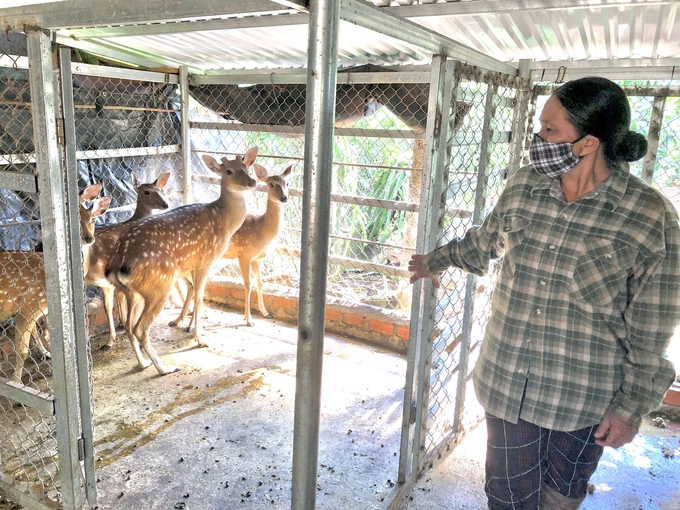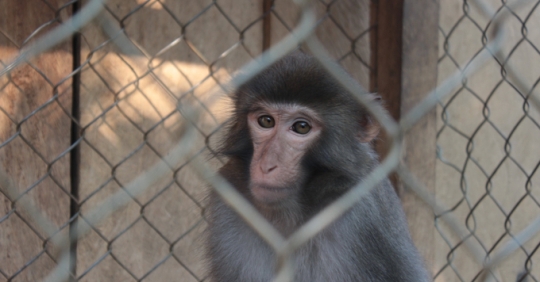
Captivity and direct contact with wild animals have been identified as one of the causes of disease spread.
Ms. Amanda Fine, Director of One Health, Wildlife Conservancy (WCS), reported on the campaign to reduce meat consumption through scientific evidence.
According to Ms. Fine, the scientific evidence gathered from the region and Vietnam shows the urgency to reduce the trade and consumption of game meat, especially in urban areas, to reduce the risk of the emergence of wildlife-borne diseases.
WCS as a wildlife conservation organization has a core team of health professionals who have sought scientific evidence to develop wildlife conservation strategies that incorporate scientific evidence related to health, health and disease occurrence factors.
The WCS strongly advocates the one approach to health and health literacy in a world where wildlife thrives in wild, biodiverse environments and where human and environmental health are guaranteed.

Mrs. Amanda Fine, Director of One Health, Wildlife Conservancy (WCS).
Vietnam is considered a hotspot in the world for emerging diseases due to its high population and animal densities, high biodiversity and changes in human behavior that are unbalancing natural land-use change, deforestation, wildlife trade and consumption .
“When we talk about the risk and causative agent of diseases, we have to mention three important stages of this process, namely before the infection phase (diseases in the natural environment), during the infection phase (when wild animals, livestock and humans are related) and the phase transmission through the human community (when the infected person becomes infected). Changing human behavior over the last few decades has affected this entire process, increasing the risk of disease transmission and spread.” Ms. Amanda Fine assessed.
Commercial trade and consumption of wildlife is a direct form of close contact between different species and populations of wildlife with humans and domestic animals, increasing the opportunity for viruses to multiply or multiply when wildlife is in captivity and viruses die Provide opportunity to expand throughout the wildlife supply chain from natural habitats or farms to consumers.

Trapping wild animals in Vietnam is still widespread.
Meanwhile, as noted in Vietnam, the wildlife supply chain can come from protected areas, livestock farms and the ultimate destination urban areas where the produce is sold directly to the people and consumed in restaurants.
“As part of the Vietnam Pandemic Task Force, we reviewed the scientific evidence on pandemic risk and identified opportunities for behavior change related to trade, commerce and consumption of wild meat and wild birds,” the WCS official said.
Behavioral surveillance research in Vietnam reveals an extremely complex wildlife trafficking chain, with farms being both a point of contact and a potential site for amplification of diseases transmitted from wildlife to humans.
This is a place where wildlife is collected from many sources such as:

There are about 8,600 wildlife farms nationwide with 2.5 million individuals and 300 species being bred.
Some of the most prominent studies in areas of captive wildlife, trade, slaughter and consumption have focused on coronaviruses, which exhibit variable and adaptive properties and high mutagenicity, becoming the causative agent of the disease. As in southern China, the coronavirus is found in many wild species.
Amanda Fine cited scientific evidence at a commercial wildlife farm in Vietnam that a new strain of rhabdovirus has been found in captive rodents and monkeys, a coronavirus that can cause disease in poultry has been found in short-tailed porcupines, and in porcupines and rodent coronaviruses many wild species have been found in captivity.
All of these coronaviruses are considered rodent viruses and not human pathogens, but research showing how they can be transmitted between species through the wildlife trade for meat will open the door for the virus to recombine and then emerge as a human pathogen .

